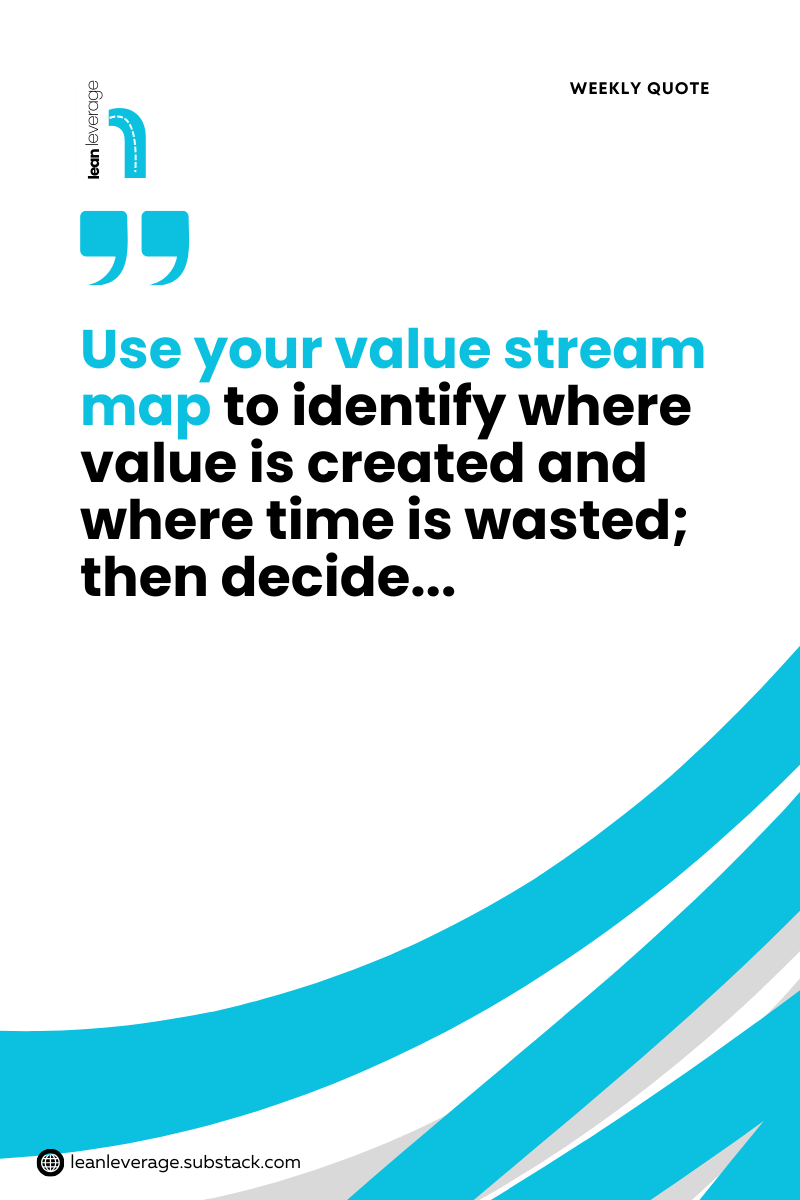How to Listen to Your Process: A "real-world" example
...sometimes, the problem isn’t a lack of capacity. It’s the fact that your process is dancing “azonto” with your time.
Hi friends,
After last week’s breakdown of Lean time-based concepts, a few people messaged me saying, “This makes so much sense now, but oga, how do I use it in real life?”
So today, let’s walk through an actual scenario to show how these “boring” numbers can open your eyes to improvement opportunities, even in a busy insurance contact centre. (And since my “unofficial proofreader” works in insurance, I couldn’t resist.)
Welcome to “TeeFP Insurance Brokers”
We’re zooming in on a car insurance contact centre team (which I just made up) that manages calls from customers about renewals, claims, and policy enquiries. They’re not understaffed per se, but they’re always under pressure, and their manager suspects their customer service process could be improved.
We will break it down using some of the process time-related concepts from last week, but let’s start with some simple assumptions.
The Assumptions:
The contact centre has 8 agents working full shifts.
Each agent works 8 hours/day = 480 mins/day = 1 shift
Deduct 60 mins total break time = 420 mins productive time/day.
Average handling time (AHT) per call = 21 minutes (including after-call work).
For the purpose of this analysis, we’re treating both the live call and the after-call work as one continuous activity. In Lean terms, that’s our operational definition of AHT. (We’ll dive into why clear operational definitions matter in a future post, because misunderstandings here can derail entire improvement efforts.)Each agent handles 20 calls per day on average.
At any time during the day, 16 calls are in process or in queue.
The goal?To serve customers better. Faster calls without sacrificing quality.
Let’s Do the Math
1. Work in Process (WIP):
Total number of calls being handled or waiting at a given time = 16 calls
2. Throughput (Exit Rate):
If 8 agents each complete 20 calls per day:
8 agents × 20 calls = 160 calls/day
Throughput = 160 calls/day
3. Process Lead Time (PLT):
Using Little’s Law:
PLT = WIP ÷ Exit Rate
PLT = 16 ÷ 160 = 0.1 day
0.1 day × 8 hours/day = 0.8 hours
0.8 hours × 60 minutes/hour = 48 minutes lead time per call
That means, on average, it takes 48 minutes for a call to go from queue to completion. Even though each call only lasts 21 minutes, the remaining 27 minutes is time spent waiting.
4. Process Cycle Efficiency:
PCE = (Value-Added Time ÷ Lead Time) × 100
PCE = (21 mins ÷ 48 mins) × 100
PCE = 43.75%.
Only 43.75% of the total time a customer waits is spent actually speaking with an agent and resolving the issue.
5. Takt Time:
Assuming the customer demand is 160 calls/day (based on our data over the last month):
Takt Time = Available Time ÷ Customer Demand
Takt Time = (8 agents × 420 mins) ÷ 160 = 21 mins per call
Processes should be timed to produce outcomes at the takt time, so we can say the team is just “keeping up”. They’re finishing one call every 21 minutes (AHT), which is exactly how frequently they need to complete a call to meet daily demand.
It’s full capacity, no buffer, and if there are any hiccups, someone calls in sick, a call takes slightly longer, or call volume rises because it’s holiday season, they’ll fall behind.
So, What Can These Numbers Tell Us?
A lot.
We now know:
Each call takes 21 minutes
Customers are spending about 27 minutes waiting or doing something else that offers little or no value (48 mins total lead time minus 21 mins handling)
The team is working right at their Takt Time, so they can’t take on more without stress
Now, if this were a regular business, the next step would probably be: “Hire more agents!”
But we’re Lean thinkers over here at “TeeFP Insurance Brokers”, and we know better.
The Real Next Step: Remove Waste
Before running to HR with a hiring request, take a look at the value stream map. What’s eating up time in the current process?
Is it that:
Agents spend 3–4 minutes repeating identity verification questions?
Customers are impatient and flare up during ID checks, which makes the call longer?
Call notes are written manually after each call (hello, digital dictation?)
Customers are calling for things that could’ve been resolved via self-service FAQs or an AI chatbot.
Now, some of these steps, like ID verification, are necessary for compliance or risk mitigation. In Lean terms, they fall under business value-add. But necessary doesn’t always mean efficient. Your role ISN’T to scrap them, but to ask:
“Can this be done faster, smoother, or even later in the process?”
Lean isn’t anti-process, it’s anti-waste. So, before you expand capacity, first ask:
What non-value-adding time can we remove or reduce? Then you’ll know if hiring is truly the answer, or just a costly workaround.
Final Thoughts: Data Without Context is Just Decoration
These time-based concepts aren’t just buzzwords. They give you real insight into how your system works and what needs fixing.
But this is not magic. It’s what you do with the insight that matters.
Use your value stream map to identify where value is created and where time is wasted. Then decide: do we reduce the cycle time per call? Automate some steps? Or remove some entirely?
Because sometimes, the problem isn’t a lack of capacity… It’s the fact that your process is dancing “azonto” with your time.
Until next time, keep improving, and don’t just collect metrics, use them.
– Tomiwa






